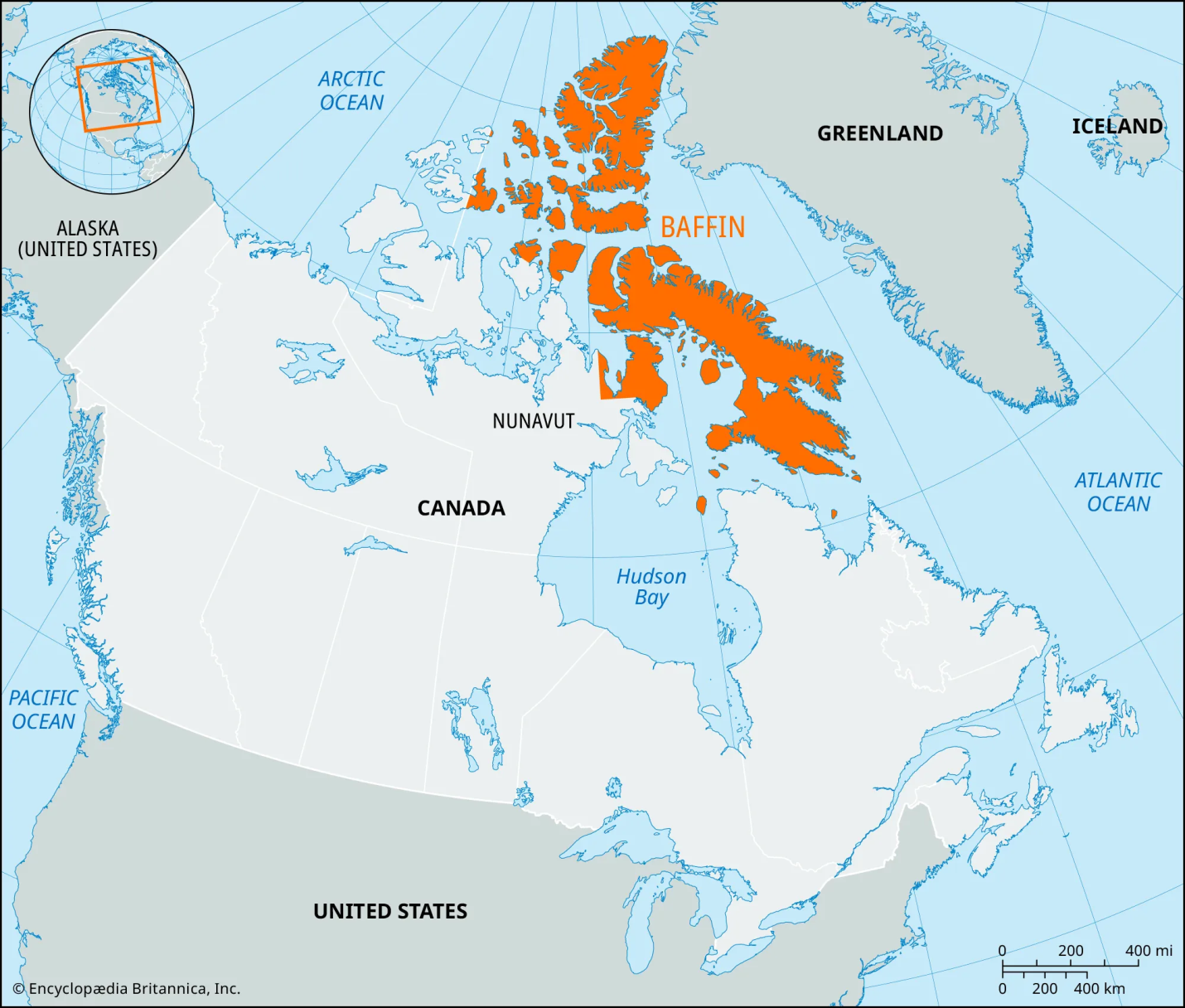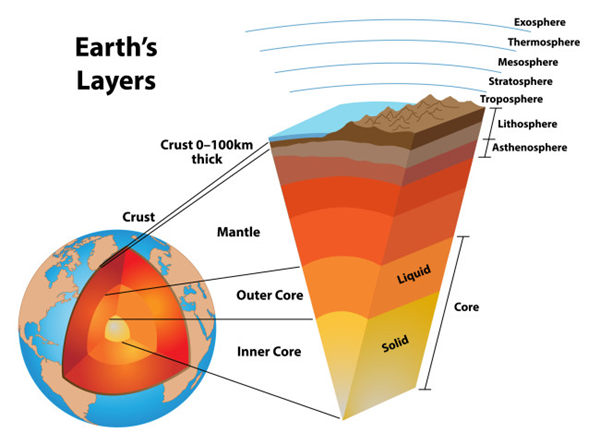Free Courses Sale ends Soon, Get It Now


Free Courses Sale ends Soon, Get It Now



Copyright infringement not intended
Picture Courtesy: www.britannica.com
Context: The discovery of unusually high levels of helium-3 (³He) in 62-million-year-old lava rocks on Baffin Island has the potential to reshape our understanding of the Earth's deep interior.
Key points and implications of this discovery:
|
Challenging Prevailing Beliefs |
●The presence of high concentrations of helium-3 challenges the long-held belief that the Earth's core is encapsulated and chemically stable, not transferring materials to the planet's outer layers. This finding suggests that there might be a connection between the Earth's core and its surface. |
|
Helium-3 Origin |
●Helium-3 is a primordial substance created shortly after the Big Bang. It is typically found in small quantities at the Earth's surface and is believed to have been trapped within the Earth during its formation. ●The discovery of significant amounts of helium-3 in volcanic rocks suggests that it may be escaping from the Earth's core, which was not previously considered. |
|
Dynamic Earth Interior |
●If the Earth's core is indeed leaking helium-3, it implies that the deep interior of our planet is more dynamic than previously thought. This challenges the traditional notion of a stable and isolated core and suggests that elements can move between the metallic core and the rocky portions of the Earth. |
|
Further Research |
●The discovery raises many questions about the Earth's internal processes. Scientists will likely conduct further research to determine if other elements also escape from the core and how these elements migrate to the Earth's surface. This research could lead to a better understanding of the Earth's formation and evolution. |
|
Potential Paradigm Shift |
●The findings have the potential to revolutionize our knowledge of the Earth's deep interior and its interaction with the surface. It may lead to a paradigm shift in our understanding of Earth's geology and how materials are exchanged between different layers of the planet. |
Earth's Interior
Crust
Mantle
Outer Core
Inner Core

Conclusion
|
PRACTICE QUESTION Q. What evidence supports the theory of continental drift, and how has our understanding of plate tectonics enhanced our knowledge of Earth's geological processes? |
© 2024 iasgyan. All right reserved